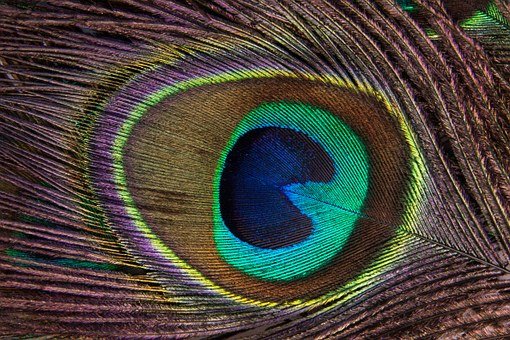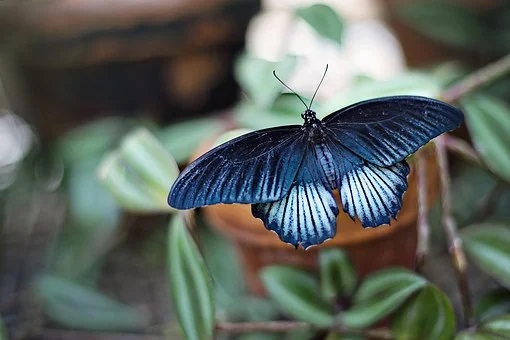Buddhism believes the nature of happiness is neither a steady income nor harmony in the family, neither the joy of seeing the world nor a glass of water. Although all may bring a sense of well-being, they are not the nature of happiness.
The true nature of happiness is a special feeling from within. Sometimes this feeling is related to material matter; other times there is no connection at all. Material matter is only one cause or condition which creates a feeling of well-being. It can bring about a temporary sense of security or satisfaction, from which one can in turn derive temporary happiness. The different forms of happiness, such as a steady income, are sources of happiness but are not happiness itself.
~Depicted from ARE YOU READY FOR HAPPINESS - The Tibetan Buddhist View on Happiness











